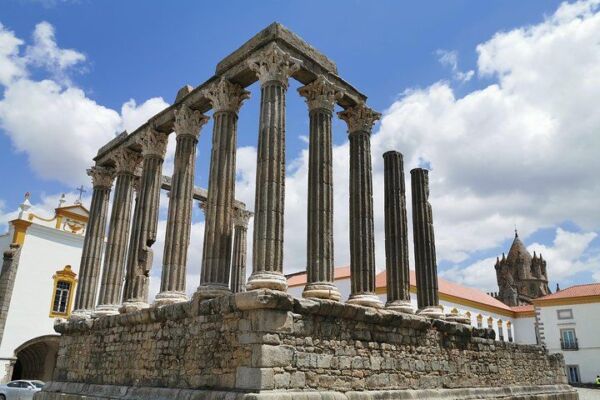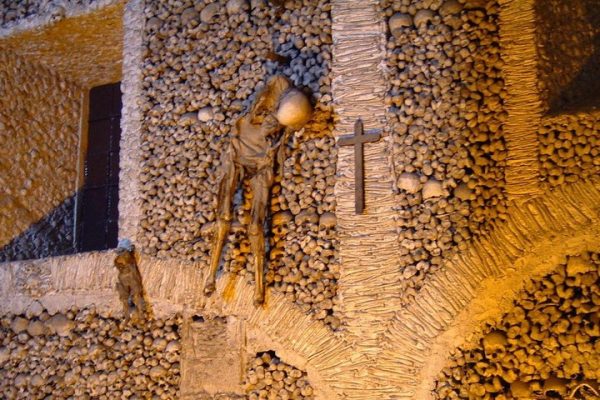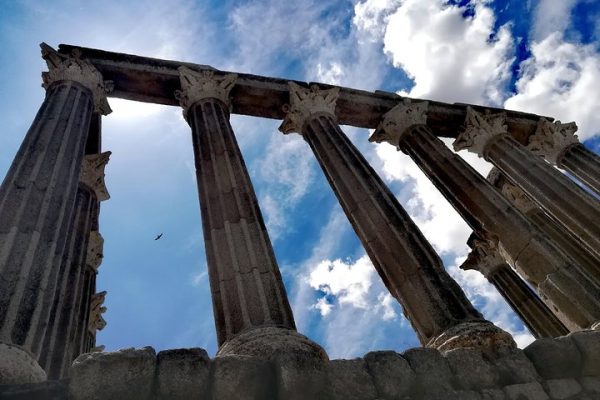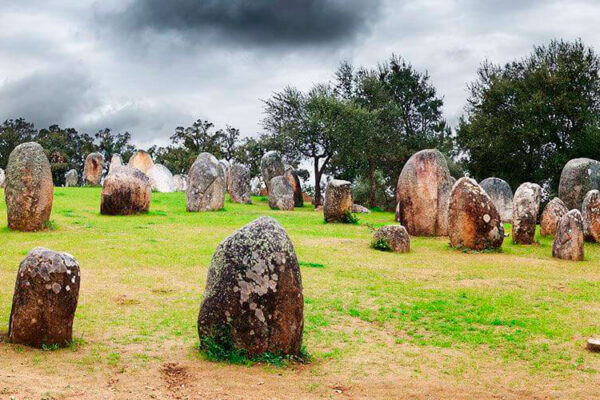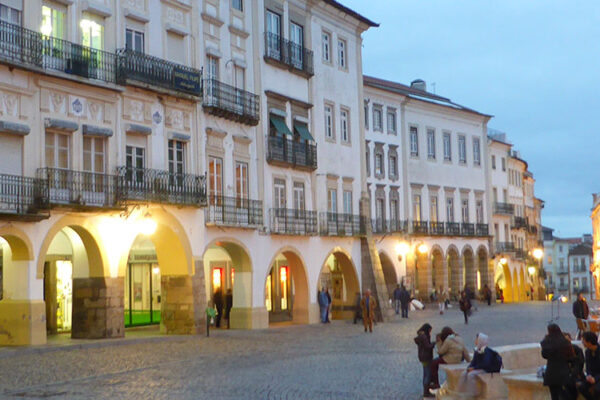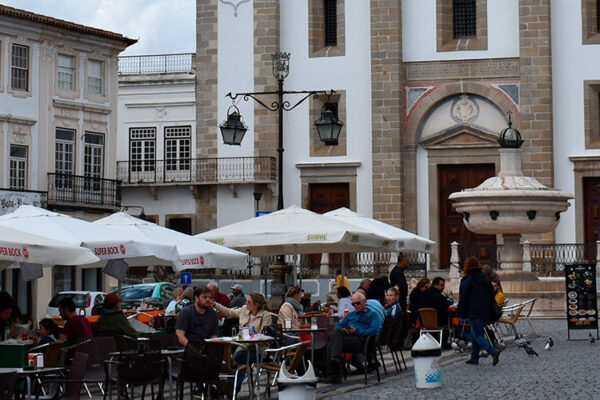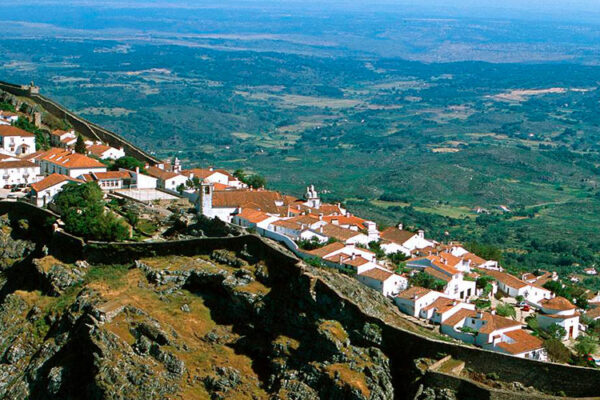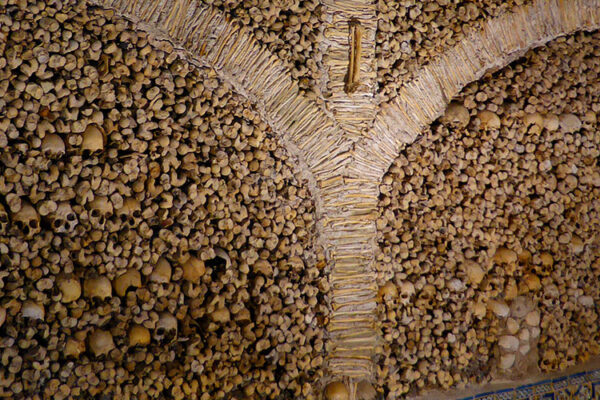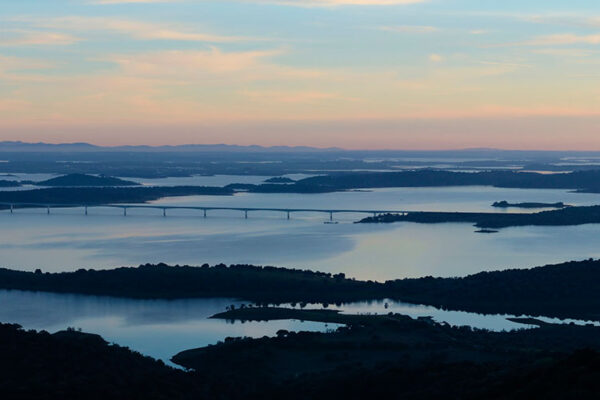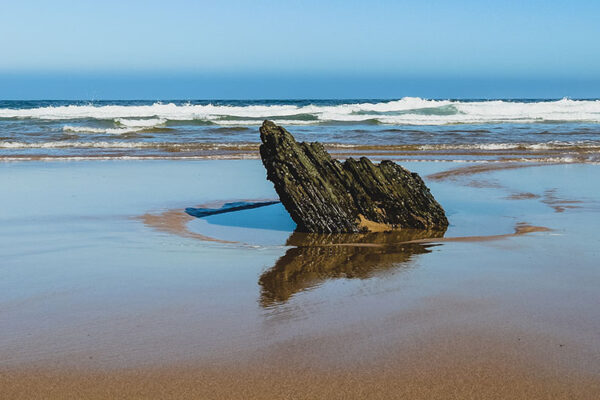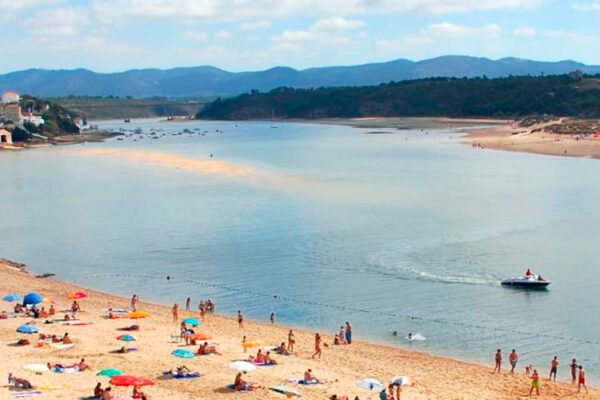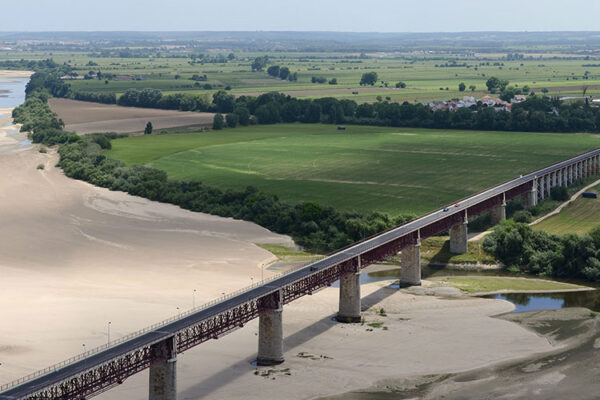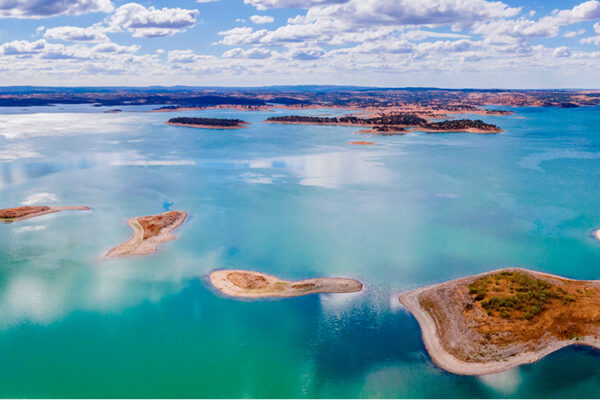Topped by an imposing cathedral, Évora is laid out over a gently sloping hill rising out of the huge Alentejo plain. It guards its historic centre with a vast outer wall and represents a valuable cultural legacy that UNESCO has classified World Heritage.
The city, with its narrow streets of Moorish origin contrasting with squares where the light floods in, holds two millennia of hsitory. Conquered in 59 B.C. by the Romans, they named it “Liberalitas Julia”. In this period, Évora gained great importance as can be witnessed from the remains of that time: the ruins of a fine temple dated towards the end of the second century, various parts of the wall and the gateway more recently called Dona Isabel in addition to the remains of thermal baths below what is now the Municipal Council building.


